We recommend this journey as a day trip or overnight from Santa Fe. More links and information can be found on my blog post.
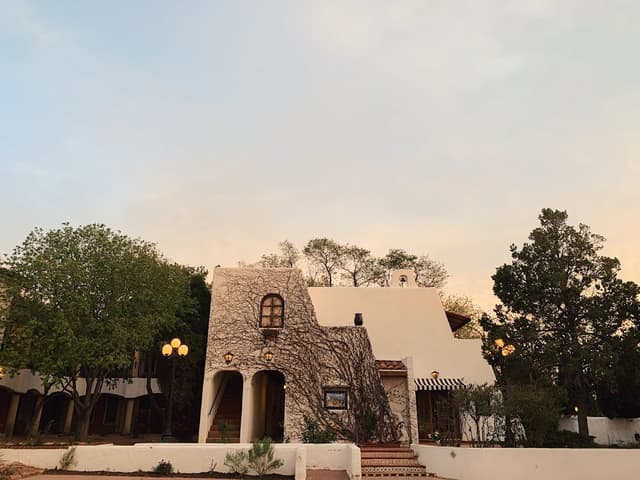
Head from Santa Fe, along Highway 285/ 84 north. At Pojoaque, take State Road 503. The first community is Nambé Pueblo and the community of Nambé.
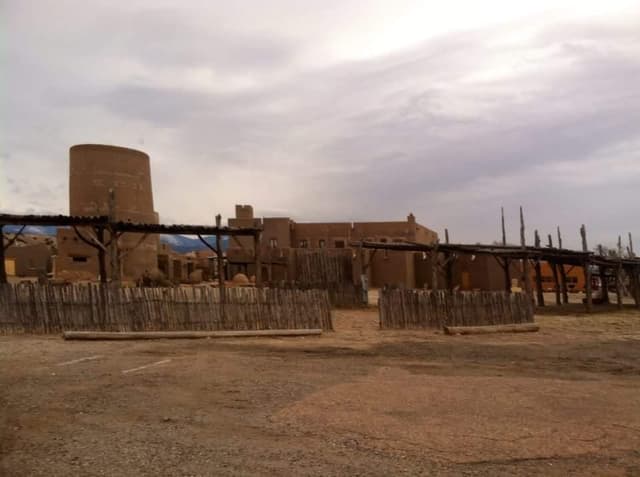

You’ll continue on State Road 503 towards Cundiyo. Amidst the badlands and juniper trees you will turn north on Road 98 (High Road to Taos) towards Chimayo. Chimayo is a step back in time. Our first stop is the Santuario de Chimayo, a shrine and place of worship built in 1813.
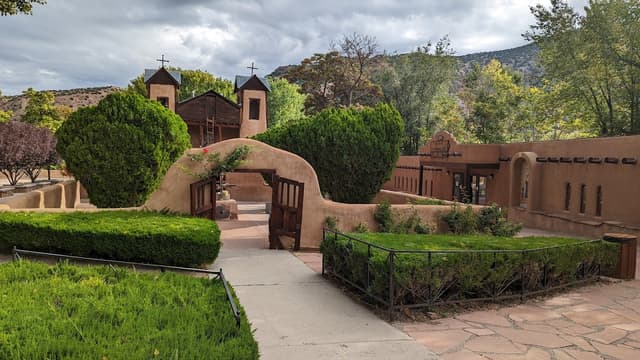
After exploring the grounds and taking in the religious center through the eyes of your own faith, we recommend a food stop at Rancho de Chimayo.
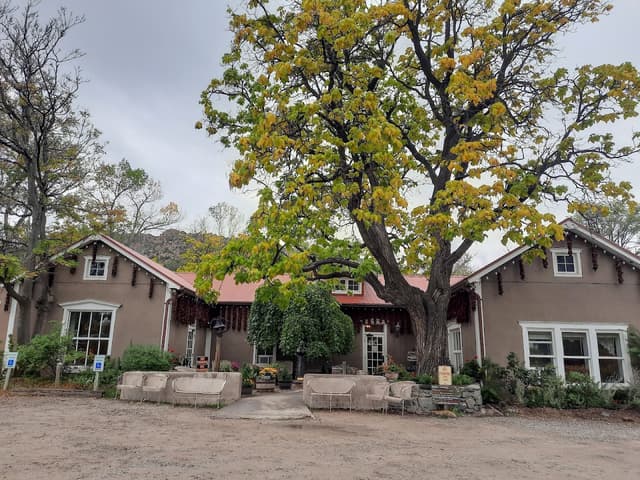
My next recommended stop is on the way out of Chimayo, Ortega’s Weaving Shop.
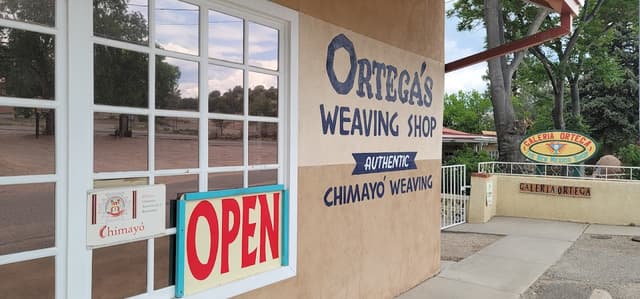
Leaving Ortega’s, head east on Road 76. As you travel this road you’ll start to head higher into the Sangre de Cristo mountains. The next village is Truchas. If you enjoy Spanish Colonial architecture, there is another church, Nuestra Senora del Sagrado Rosario (Our Lady of the Rosary), which was built in 1805. There are altar screens painted by Pedro Antonio Fresquis, the “Truchas Master”, completed around 1821 still visible on the inside. These are some of the oldest catholic santero (religious imagery) that still exists in the southwest and in the United States.
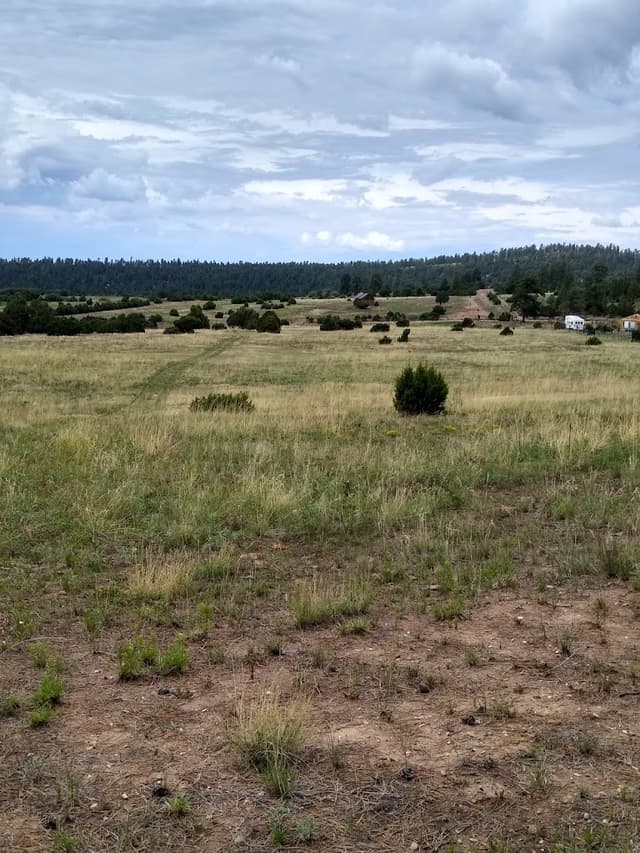
The road continues to wind through mountain foothills to the village of Las Trampas. The town was first established in 1751 by 12 Spanish families. There was a low defensive wall with low buildings surrounding a central plaza and church. Today the wall is gone, but the plaza, town, and church remain.

The next place to visit is Peñasco. This village as grown recently and is home to a artsy eclectic community. There is also a Carson National Forest Ranger Station here if you need maps or information for the surrounding forest. In case you didn’t manage to get your fill of tasty treats at Rancho De Chimayo, we suggest a stop at Sugar Nymph’s Bistro for a sweet treat.

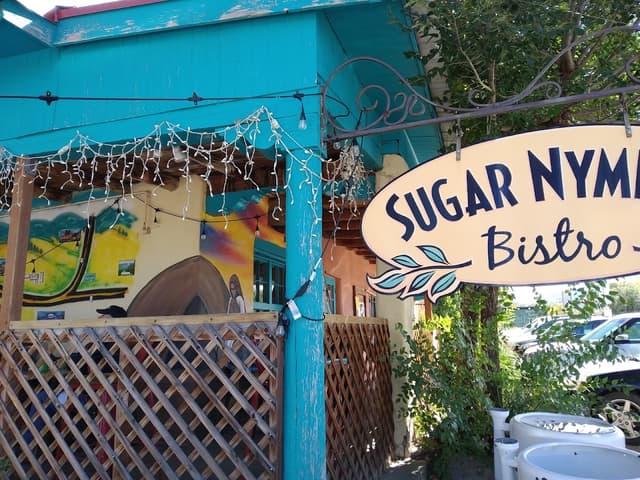
There is a restored mission church just west of town at Picuris Pueblo, the smallest of the 19 Pueblos in New Mexico.
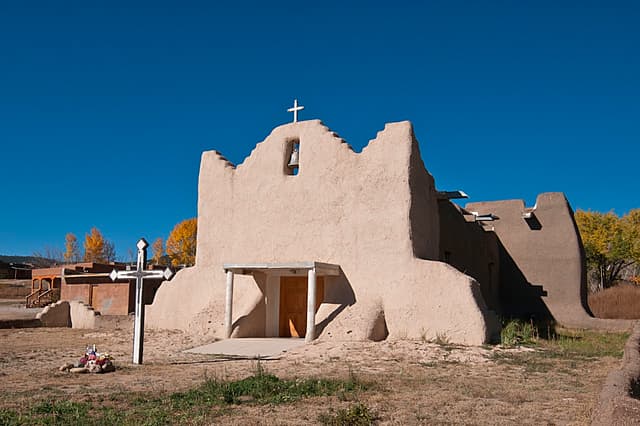
As you continue down the road, you’ll wind through Carson national forest. There are opportunities to head off on forest roads (if you have a 4-wheel-drive vehicle) and camp, hike, and explore. My recommended stop is Pot Creek Cultural Site.

The city of Taos on its own is a place to explore and will be its own post (coming soon). However if you are on the High Road, there are two places you need to stop. First is San Francisco de Asís Catholic Mission Church. As you reach Taos turn west at Ranchos de Taos instead of into Taos proper.
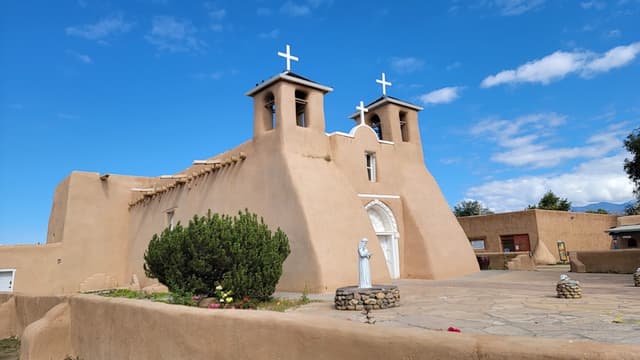
If you head out of Taos to the North you can take a short side trip to overlook the Rio Grande River. The overlook itself is a little sketchy but the view is worth it. Sometimes there are bighorn sheep around. Take Highway 285 to the north and follow the signs.
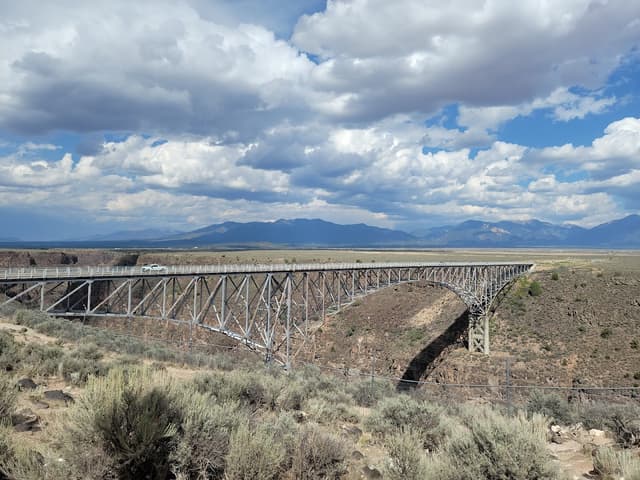
The last stop on our Tour of the High Road to Taos is Taos Pueblo.

Our trip on the High Road to Taos took a full day. We left Santa Fe around 8 AM after having breakfast and returned to Santa Fe via the “Low Road” by 8:30/9 PM. We had visited Taos before and didn’t spend time exploring the city’s many shops and galleries. If you plan to explore Taos more I recommend staying the night to give yourself time and to make sure everything is open. For a bit more luxury and away from the downtown center I recommend Palacio de Marquesa for an overnight stay in Taos.
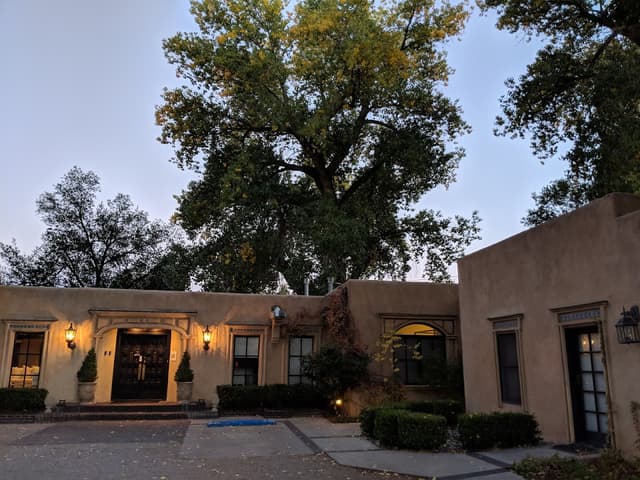
To Return to Santa Fe you can take the same route back or take State Highway 68 to Espanola, then US 84 to Santa Fe. If driving in the evening or at night, there are lots of deer/ elk out and about especially through Carson National Forest.
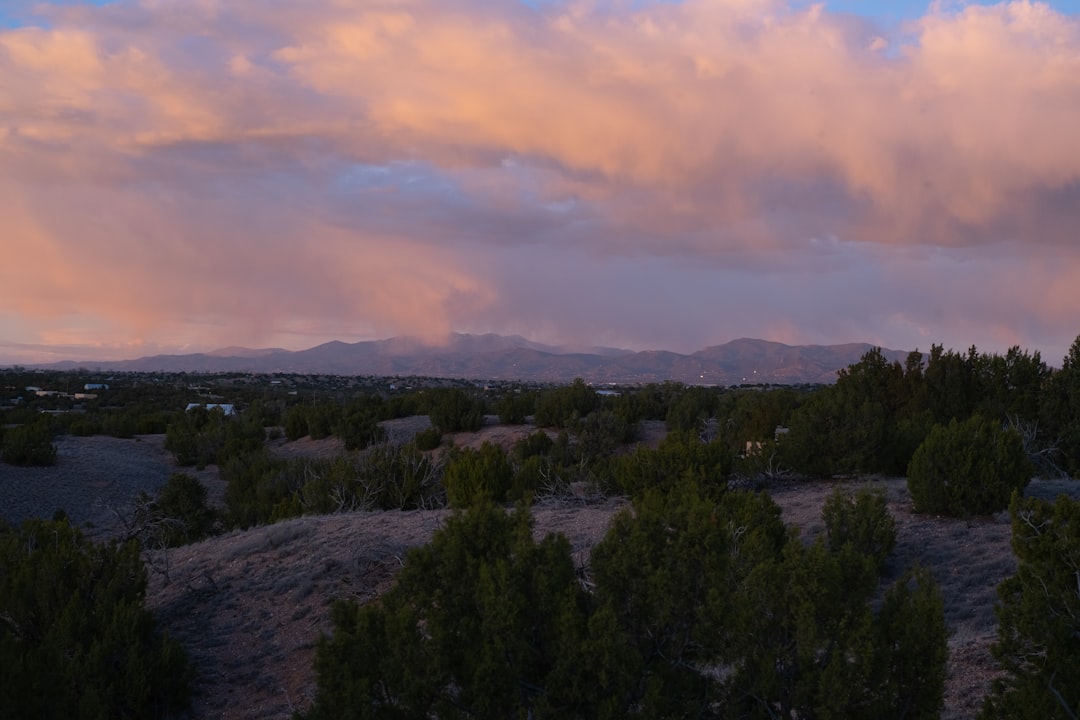

We recommend this journey as a day trip or overnight from Santa Fe. More links and information can be found on my blog post.

Head from Santa Fe, along Highway 285/ 84 north. At Pojoaque, take State Road 503. The first community is Nambé Pueblo and the community of Nambé.


You’ll continue on State Road 503 towards Cundiyo. Amidst the badlands and juniper trees you will turn north on Road 98 (High Road to Taos) towards Chimayo. Chimayo is a step back in time. Our first stop is the Santuario de Chimayo, a shrine and place of worship built in 1813.

After exploring the grounds and taking in the religious center through the eyes of your own faith, we recommend a food stop at Rancho de Chimayo.

My next recommended stop is on the way out of Chimayo, Ortega’s Weaving Shop.

Leaving Ortega’s, head east on Road 76. As you travel this road you’ll start to head higher into the Sangre de Cristo mountains. The next village is Truchas. If you enjoy Spanish Colonial architecture, there is another church, Nuestra Senora del Sagrado Rosario (Our Lady of the Rosary), which was built in 1805. There are altar screens painted by Pedro Antonio Fresquis, the “Truchas Master”, completed around 1821 still visible on the inside. These are some of the oldest catholic santero (religious imagery) that still exists in the southwest and in the United States.

The road continues to wind through mountain foothills to the village of Las Trampas. The town was first established in 1751 by 12 Spanish families. There was a low defensive wall with low buildings surrounding a central plaza and church. Today the wall is gone, but the plaza, town, and church remain.

The next place to visit is Peñasco. This village as grown recently and is home to a artsy eclectic community. There is also a Carson National Forest Ranger Station here if you need maps or information for the surrounding forest. In case you didn’t manage to get your fill of tasty treats at Rancho De Chimayo, we suggest a stop at Sugar Nymph’s Bistro for a sweet treat.


There is a restored mission church just west of town at Picuris Pueblo, the smallest of the 19 Pueblos in New Mexico.

As you continue down the road, you’ll wind through Carson national forest. There are opportunities to head off on forest roads (if you have a 4-wheel-drive vehicle) and camp, hike, and explore. My recommended stop is Pot Creek Cultural Site.

The city of Taos on its own is a place to explore and will be its own post (coming soon). However if you are on the High Road, there are two places you need to stop. First is San Francisco de Asís Catholic Mission Church. As you reach Taos turn west at Ranchos de Taos instead of into Taos proper.

If you head out of Taos to the North you can take a short side trip to overlook the Rio Grande River. The overlook itself is a little sketchy but the view is worth it. Sometimes there are bighorn sheep around. Take Highway 285 to the north and follow the signs.

The last stop on our Tour of the High Road to Taos is Taos Pueblo.

Our trip on the High Road to Taos took a full day. We left Santa Fe around 8 AM after having breakfast and returned to Santa Fe via the “Low Road” by 8:30/9 PM. We had visited Taos before and didn’t spend time exploring the city’s many shops and galleries. If you plan to explore Taos more I recommend staying the night to give yourself time and to make sure everything is open. For a bit more luxury and away from the downtown center I recommend Palacio de Marquesa for an overnight stay in Taos.

To Return to Santa Fe you can take the same route back or take State Highway 68 to Espanola, then US 84 to Santa Fe. If driving in the evening or at night, there are lots of deer/ elk out and about especially through Carson National Forest.